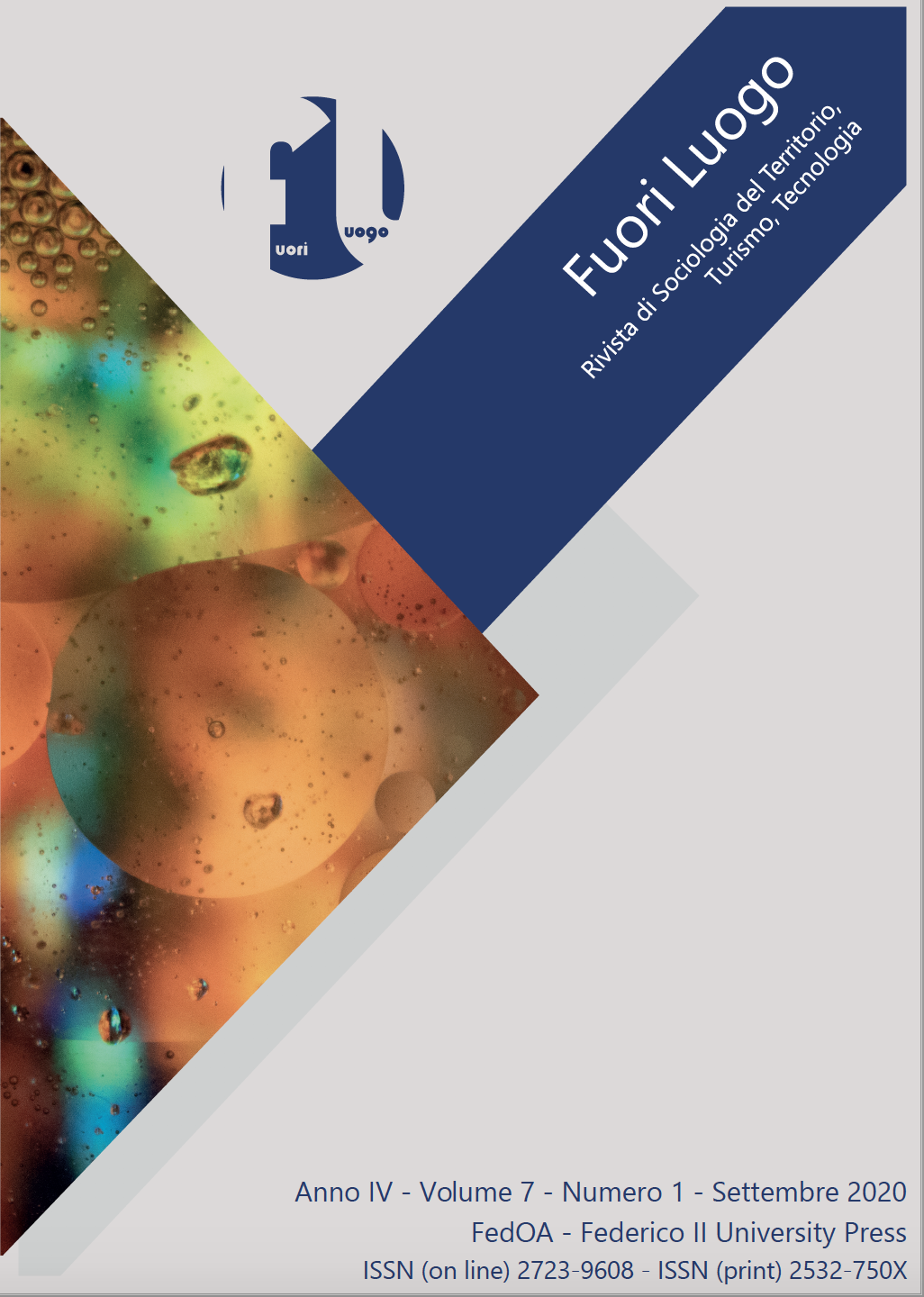From a Biological Entity to a Social Monster. A Semiotic Construction of the Coronavirus During the Covid-19 Pandemic
Keywords:
coronavirus, COVID-19, semiotics, representation, constructivism
Abstract
During the first half of 2020, the novel coronavirus – a biological entity invisible to the human eye – was represented in multiple images, audiovisual products, descriptions, narratives and other modes of visual and verbal articulation. Many of these were developed by international organizations, governments and media outlets, amongst other social actors, with the aim of rendering the threat posed by the virus more tangible. At the same time, these representations also helped shape how people made sense of it in cognitive and emotional terms. Assuming that social reality is constructed in multiple and dynamic processes and interactions that imply the production, distribution and consumption of meaning at various levels, this article examines from a semiotic perspective one of the modes of representations of the coronavirus during the COVID-19 pandemic: the one grounded on the overarching narrative that depicted the virus as an evil enemy that poses a threat to humanity and that, consequently, needs to be fought. The article organizes the study of a number of representations of the coronavirus in three levels – the iconic, the axiological and the narrative – and discusses how the discursive construction of an enemy involves a series of mechanisms of semiotic nature that, besides somehow representing it, also shape its social construction.Downloads
Download data is not yet available.
Published
2020-09-23
How to Cite
Moreno BarrenecheS. (2020). From a Biological Entity to a Social Monster. A Semiotic Construction of the Coronavirus During the Covid-19 Pandemic. Fuori Luogo Journal of Sociology of Territory, Tourism, Technology, 7(1), 105 - 115. https://doi.org/10.6092/2723-9608/7041
Section
Articles




